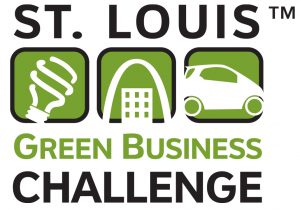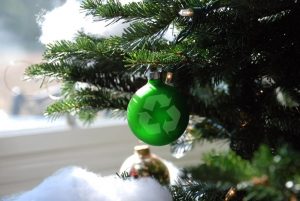Located just 35 miles east of St. Louis and home to nearly 10,000 residents, the City of Highland has a long history of being a progressive municipality, successfully blending industry within a small-town atmosphere. As the Clean Air Partnership continues to spotlight local municipalities utilizing innovative approaches to create cleaner, greener environments for their constituents, we’re pleased to recognize Highland’s ongoing commitment to sustainability that helps shape city operations and future planning.
Highland was a proud participant of the 2021 St. Louis Green Cities Challenge alongside other participating municipalities that addressed sustainability within the range of operational requirements unique to their local governments. As part of the Challenge, the city incorporated a sustainability policy and practiced fundamentals, including addressing measures defined by OneSTL, the regional plan for sustainable development. At the focus of their sustainability goals was the conservation of Silver Lake, which serves as the lifeline to the future for their community.
“Completed in 1962 as a result of the 1954 drought, Highland is grateful to our past city leadership that had the forethought to see Silver Lake become a lasting water supply for future generations,” said Mark Rosen, Director of Highland Parks and Recreation.
In partnership with Heartlands Conservancy, Highland was awarded a Section 319 grant to utilize Nonpoint Source Management Program funds to implement best management practices from the Highland Silver Lake Watershed Plan, developed by HDR Engineering in 2011. The city maximized the use of funds to significantly reduce pollutants entering Silver Lake, ultimately decreasing 2,794 pounds of phosphate per year, 5,211 pounds of nitrogen per year, 3,132 tons less sediment per year. This also proves to be a positive for the region’s air quality!
Additional green improvements were made in the community, including the construction of a wetland restoration site and removal of a minimum of five acres of invasive plant species, which can negatively impact climate change mitigation efforts. The city also constructed a one-acre retention pond adjacent to the wetland to trap sediment, while doubling as a fish-rearing pond where fish are raised before being released into Silver Lake. Moreover, the city reconstructed a local peninsula with rip-rap – a range of rocky material placed along shoreline structures to protect from scour and erosion – to aid during large storm events and provide a number of water quality benefits.
For additional information on the sustainable efforts underway by the City of Highland and how your organization or municipality can get involved in the Challenge, subscribe to their weekly E-Newsletter or visit stlouisgreenchallenge.com. To learn more about the link between sustainability and air quality, explore the Clean Air Partnership’s website, like us on Facebook or follow us on Twitter at @gatewaycleanair.


